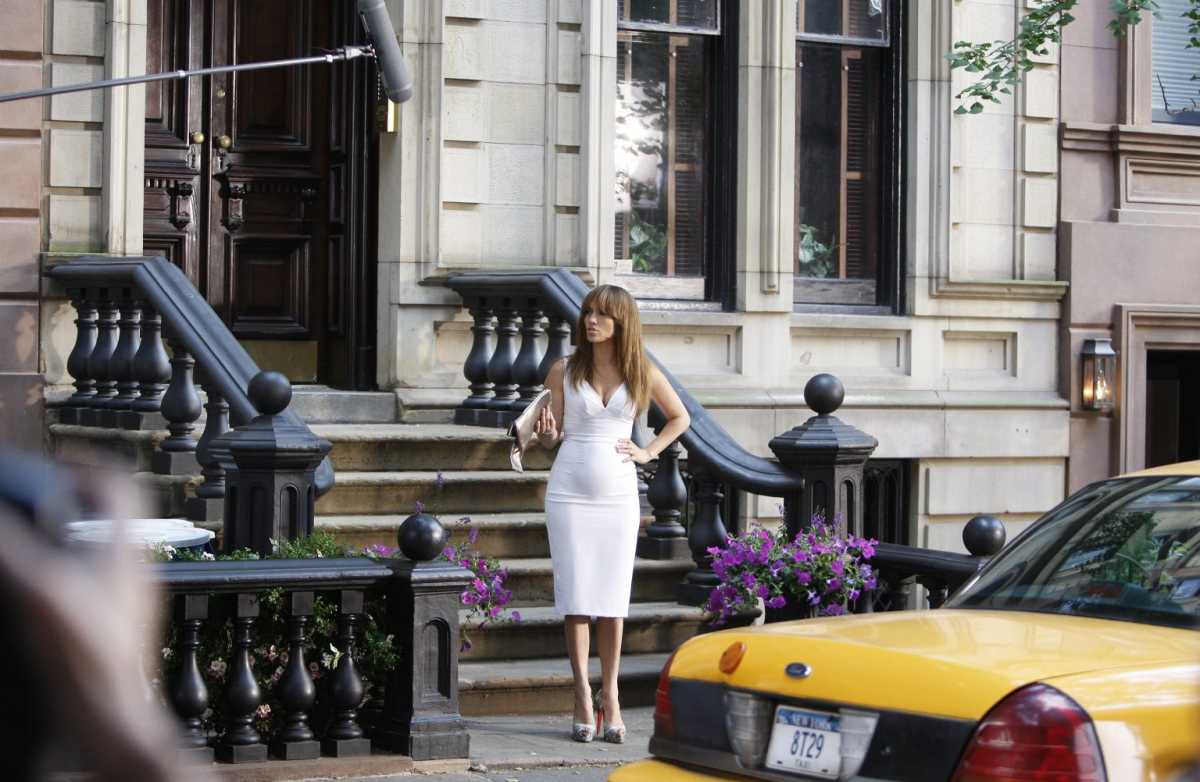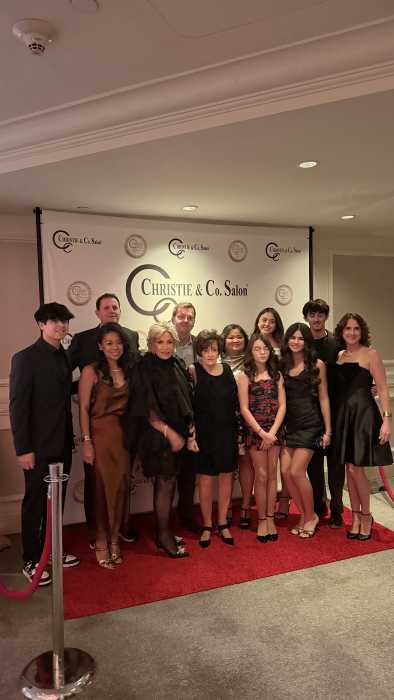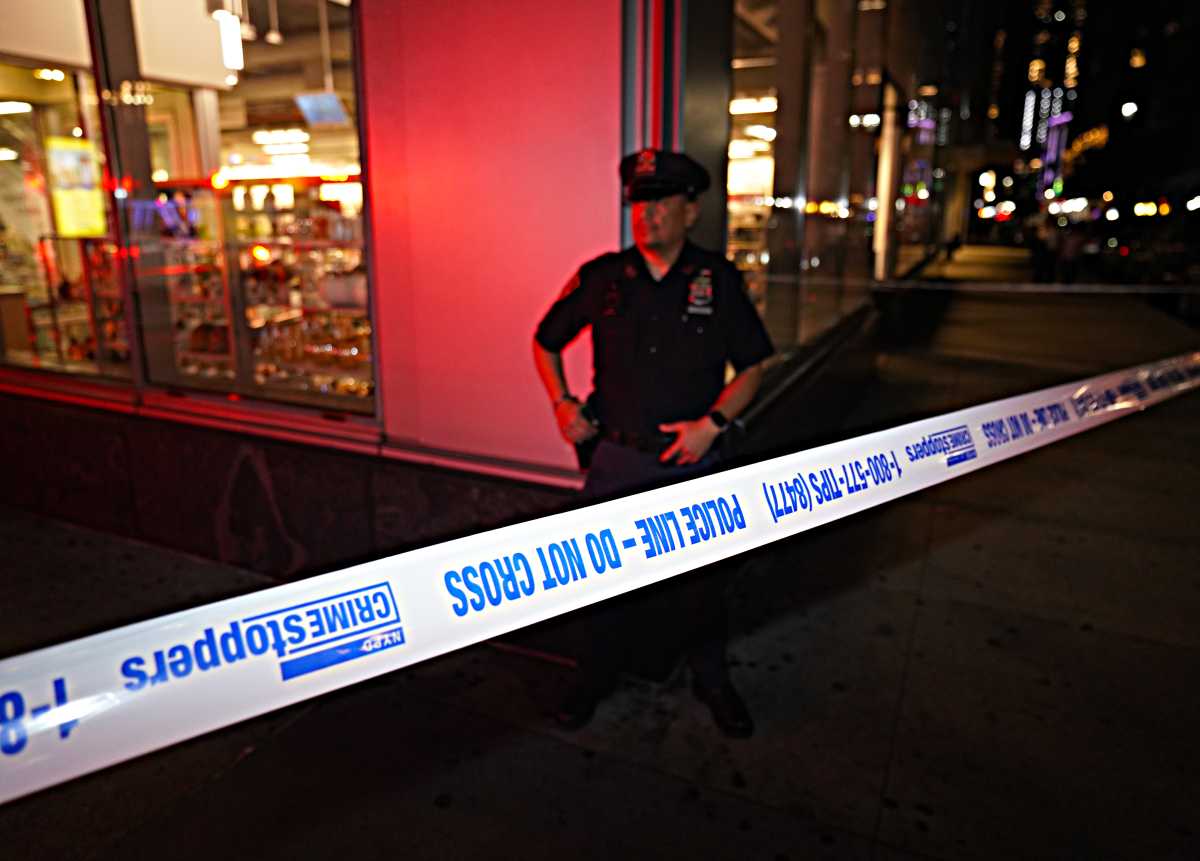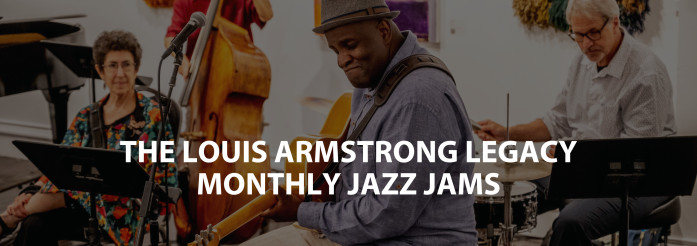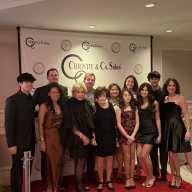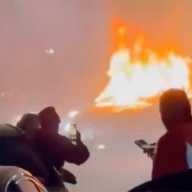The start of phase four of New York City’s reopening during the COVID-19 pandemic begins Monday — but it’s anything but a full phase as outlined under state standards.
Film production will be permitted to resume, restoring a critical component of the city’s economy. Outdoor art galleries and light entertainment venues will also able to reopen, welcoming those looking to enjoy a summer day out rather than being cooped up at home.
Professional sports will also be allowed to resume in New York City, but without any spectators in attendance. That’s just in time for the start of an abbreviated 2020 Major League Baseball season this week, with the Yankees and Mets beginning play on July 23-24.
However, there are other businesses or institutions in New York City, eligible to reopen under the state’s phase four reopening criteria, that will remain closed indefinitely as the fourth phase begins.
Malls, movie theaters and indoor museums will not be permitted to open Monday. Concerns remain about whether the buildings’ air conditioning units are adding to the spread of COVID-19 by recirculating the air inside – a critical problem that has surfaced in other states now experiencing spikes of the disease.
Indoor dining was scheduled to resume during the phase three reopening, and that remains off-limits as New York City enters phase four Monday. Outdoor dining continues across the city, and Mayor Bill de Blasio announced Friday an expansion of the Open Streets program to allow businesses to set up and/or expand their sidewalk cafés.
When these businesses will be permitted to return depends on the city’s continued response to the COVID-19 pandemic. Any significant spike in cases across the city figures to cause further delays.
In the meantime, here’s what you can expect from businesses and institutions reopening during phase four:
Film production
Movies, along with television and streaming programs, may once again be produced on indoor and outdoor sets across New York City. State guidelines mandate that no production have more than 50 percent of the maximum capacity on indoor sets at one time.
For each production, only the essential cast and crew should be on set; a limited number of background actors may be on site. Producers are also forbidden from hosting open calls for roles; they must schedule appointments with their artists.
At all times, production crews must practice social distancing and proper hygiene protocols to keep crew and cast separated from each other and help avoid infection.
Outdoor entertainment
Phase four permits the reopening of what the state describes as “low-risk outdoor arts and entertainment.” This includes places such as botanical gardens, zoos, nature parks, historic sites and outdoor museums.
The criteria clears the way for the reopening of institutions such as the Central Park, Queens, Bronx and Prospect Park zoos, which are scheduled to reopen on July 23. The New York and Brooklyn Botanical Gardens will also be allowed to reopen.
Restrictions on the reopening locations included total capacity of patrons and staff not to exceed 33 percent of the facility’s maximum capacity. Indoor areas should be open on a limited basis only for guests to make payments or use the restroom.
Group tours are forbidden except for members of the same family or household. Any high-risk and/or interactive exhibits will remain closed, as will children’s recreational areas.
Guests will need to reserve specified visit times and should be encouraged to pay in advance or use a touchless payment system at the facility. No paper maps or articles will be provided; each institution is advised to make digital maps available for download.
Phase four is the last of the phases under the state’s Forward New York reopening program. It’s also critical to the return of schools in September.
Higher education facilities are also included in the state’s phase four reopening, but these facilities will not yet reopen their campuses in New York City as of Monday.
Governor Andrew Cuomo announced Monday that schools would be permitted to reopen in any region that’s in Phase 4 and has an overall infection rate of 5 percent or less. After Aug. 1, schools would be closed in any region where the infection rate is 9 percent or higher.
De Blasio previously announced that New York City public schools would likely adopt a “blended model” for the 2020-21 school year beginning in September. Students would attend class at their schools on a part-time basis, no more than three days a week, with remote learning at home filling the gaps.
This story first appeared on amny.com.

